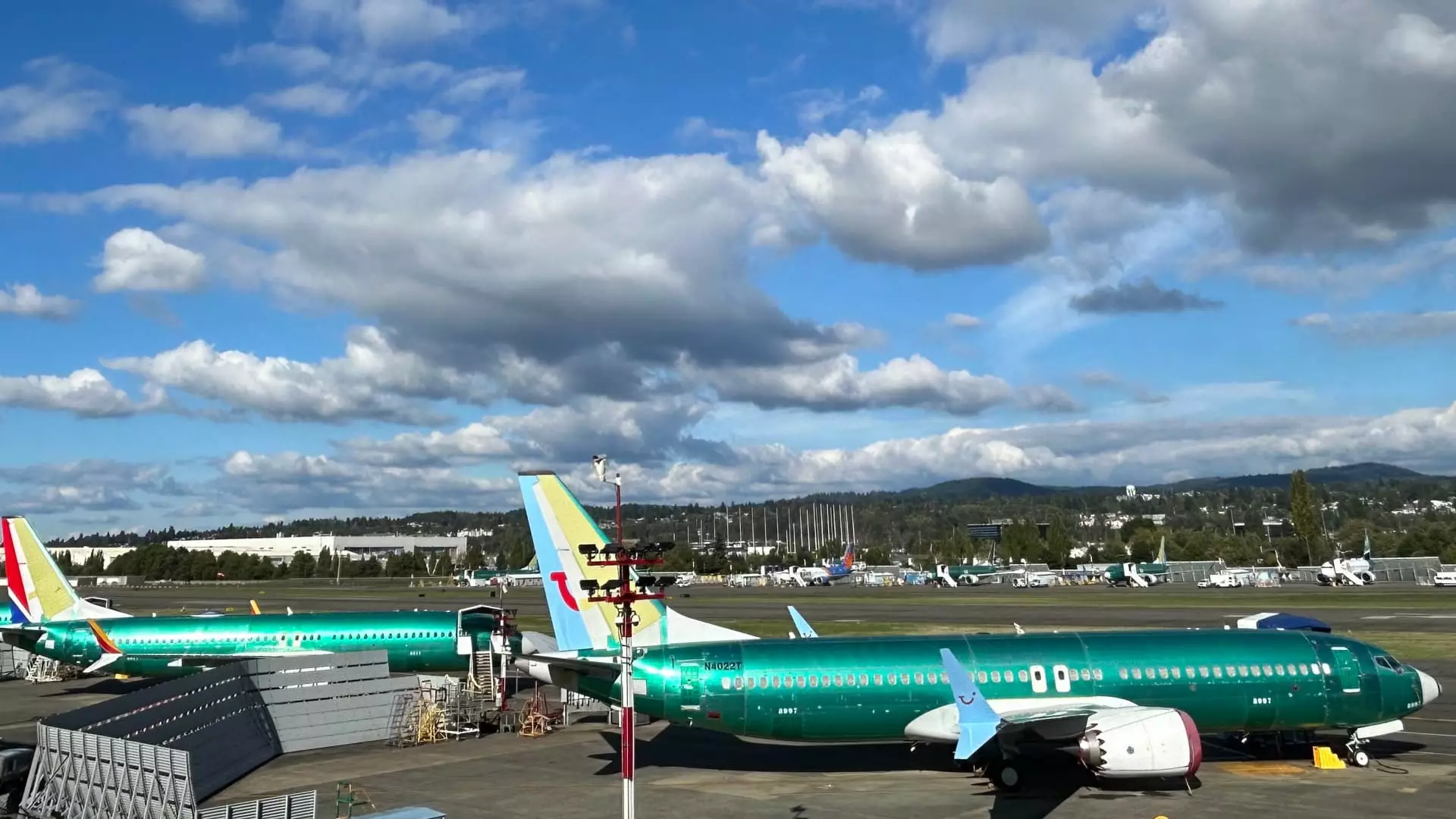The recent frustrations voiced by President Donald Trump regarding the prolonged wait for new Boeing 747s to assume the role of Air Force One illuminates a broader narrative of accountability and operational challenges within the aerospace industry. These planes, initially slated for delivery during Trump’s first term, are now several years behind schedule, with delays and cost overruns totaling more than $2 billion. The complexities surrounding this procurement process raise significant questions about management, efficiency, and the expectations of stakeholders in government contracts.
Trump’s engagement in a $4 billion contract with Boeing for new Air Force One aircraft serves as a pivotal aspect of his presidency’s outreach to modernize the U.S. military’s infrastructure. However, the realization of such ambitions is often encumbered by technical and bureaucratic setbacks. The White House’s expectations for timely deliveries were not met, leading to the president’s evident dissatisfaction. The tension is compounded by the inherent complexities of defense contracts, which involve multiple stakeholders needing alignment for a project that should ideally exemplify efficiency and innovation.
Elon Musk’s involvement, though intriguing, raises redirecting questions regarding how non-traditional expertise can influence traditional industries such as aerospace. Musk’s reputation as a disruptor might offer hope for expedited processes, yet it underscores deeper systemic issues within Boeing itself. The juxtaposition of companies like SpaceX with Boeing—a competitor that has lagged in delivery schedules—emphasizes the urgency and need for adaptation in a fast-evolving market. The idea of non-value-added constraints complicating performance is familiar in aerospace, where precision and timely execution are paramount.
The delays extending to the delivery of aircraft are symptomatic of broader operational struggles that Boeing has faced. Customers have voiced frustration over similar delays, coinciding with unprecedented travel demand spikes post-pandemic. A separate incident, marked by a significant blowout of a door plug in early 2024, has further impaired the already troubled delivery schedules and necessitated leadership changes within Boeing. Such incidents raise the stakes; the reliability of timely deliveries is crucial not just for governmental contracts like Air Force One but also for commercial airline operations that hinge on their capabilities.
Boeing’s leadership under Kelly Ortberg, who began navigating these turbulent waters in August, showcases a pivot as industry stakeholders express cautious optimism. Notably, executives from major airlines indicate that they perceive improvements under Ortberg’s leadership—a promising sign for a company at the crossroads of operational recovery and restoring trust. The emphasis on transparency and action-taking as responses to customer grievances becomes a critical narrative in Boeing’s revitalization.
In a striking show of pragmatism, Trump has also broached the idea of exploring alternative planes—essentially declaring that the wait for the new Air Force One jets may not be the only solution. His consideration to “buy or get a plane” signifies a decisive, albeit reactionary, approach to his urgent needs for reliable aerial transport. The move suggests that even the highest levels of government recognize when patience is outstripped by operational necessity.
This moment raises conceptual parallels: in an age where time is often equated with value, how long can a structural wait, tied to higher bureaucratic efficiencies, last before officials seek alternative solutions? The prospect of the White House utilizing a different aircraft while waiting for the new Boeing models to become operational highlights a break from traditional rhetoric surrounding state-managed aviation, illustrating the nuanced balance of urgency and prestige in presidential services.
As Boeing aims to bounce back from its sullied reputation, actively overcoming both public relations challenges and operational inefficiencies remains essential. The present context also raises reflective questions regarding government dependencies on corporate giants like Boeing. As executives chart a path forward, sustaining positive dialogues with clients and stakeholders will be pivotal in determining both their and the industry’s revitalization.
Ultimately, the saga surrounding Air Force One is emblematic of larger truths regarding technological advancement, production timelines, and responsiveness to client needs. Acknowledging the multifaceted nature of these dilemmas—the interactions between innovation, logistics, customer needs, and internal management structures—furnishes a clearer understanding of one of the most iconic elements of American presidential transport.


Leave a Reply